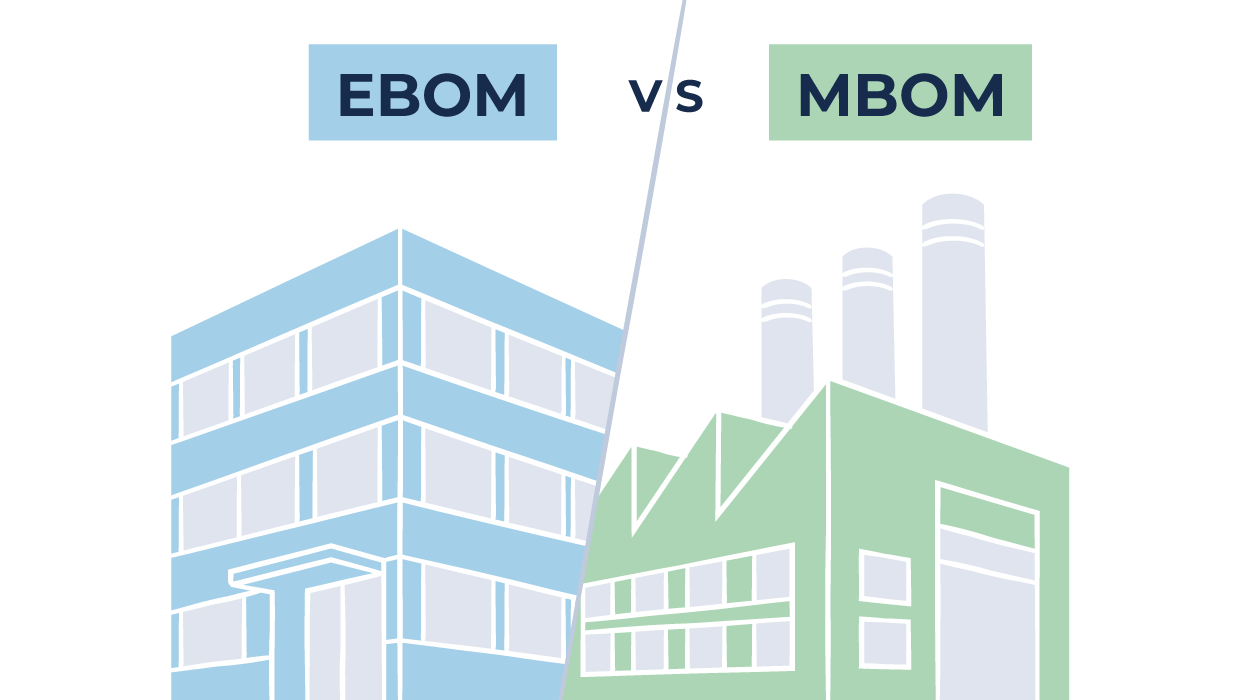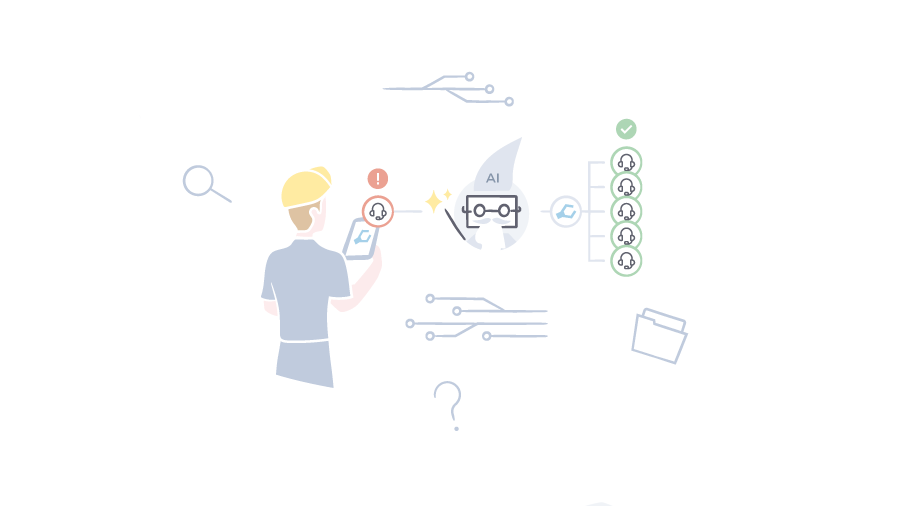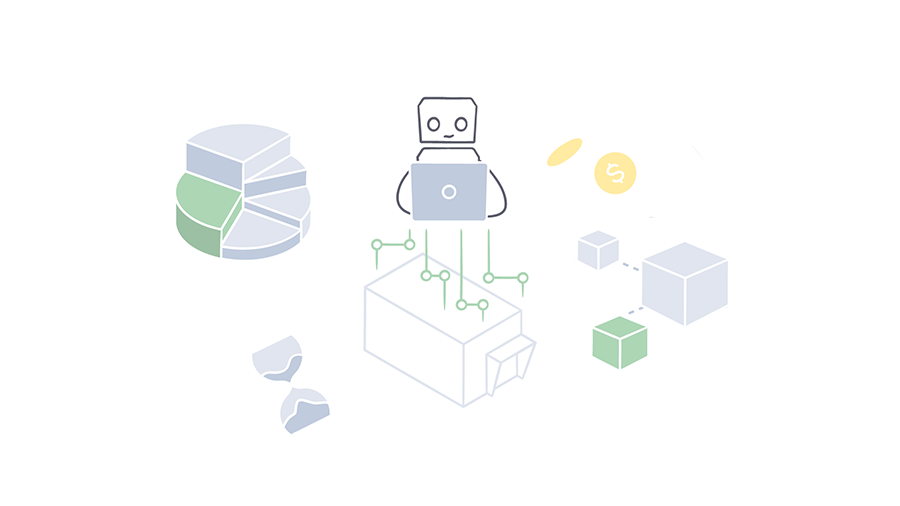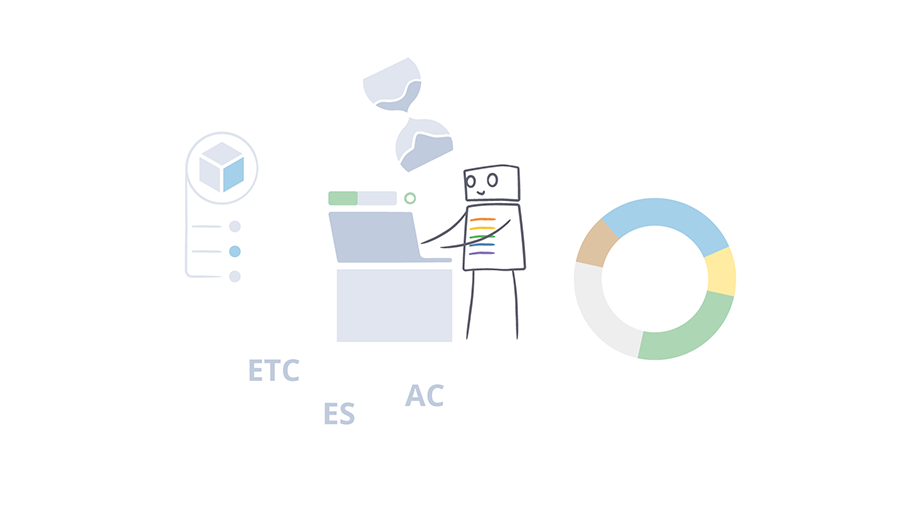
SolidRules and smart manufacturing: it all starts with the (right) bill of materials

SolidRules and Smart Manufacturing: everything starts from the (right) BOM
In 2025, everything seems to have already been said about BOMs. But what if that’s not the case?
Does it make sense today to publish a post about Bill of Materials Management—or better, BOM Management—when you can already get all the information you need directly from Artificial Intelligence?
In reality, we don’t want to make a post about theory, but rather about how, in SolidRules, we have adapted theory to practice in order to achieve the ideal results.
Anyone who has dealt with an advanced PLM has discovered the meaning of Engineering BOM (E-BOM) and Manufacturing BOM (M-BOM). The first is focused on the product design, while the second models how it should be produced.
In SolidRules, we took a very pragmatic approach and gave the possibility to create any type of BOM, because in reality there are many more than just these two.
With SolidRules PLM, the X-BOM is born: today a single BOM may not be enough
Those with gray hair like the author of this post might collect a set of names as vast as a phonebook (100% BOM, 150% BOM, 200% BOM, …). For us, therefore, the concept of X-BOM exists, where X can be replaced with almost any name.
To avoid someone falling in love with an “EntropyBOM,” we tried to “standardize” what we consider the most common ones, and we’ll try to outline them here.
It starts with the CAD-BOM, which is a 1-to-1 reflection of what is designed in the CAD. It seems the most obvious and simple, but even here we may actually have at least three types:
- MECHANICALCAD-BOM → the one generated by the mechanical CAD
- ELECTRICALCAD-BOM → the one generated by the electrical CAD
- ELECTRONICALCAD-BOM → the one generated by the electronic CAD
The CAD-BOM, or better, the CAD-BOMs, are then first merged into an E-BOM and then transformed into the Production-BOM (M-BOM). This is a transformation guided by rules, because the Production-BOM is what will actually allow us to manufacture that component or machine.
If you are wondering which rules, the answer is: all those that are required by your business, and here we will only mention a few basic cases.
For example, the same relay could appear in the mechanical CAD (because it is needed for space/clearance) and in the electrical CAD (to model its function). In the Production-BOM, I don’t want it to appear twice, so I define a rule that, for that component, prioritizes the BOM coming from the electrical CAD.
Another example: I might have objects in the CAD that are simple parts, but in the Production-BOM we want them to be parent items, with as children the raw material and its relative usage (raw material that is generally not drawn in the CAD).
When things are simple, the Production-BOM is obtained through a pure transformation, without the need for downstream intervention from the CAD itself.
But it is not always like that. In fact, I may decide to insert into the Production-BOM objects that are not drawn, or modify the quantities compared to those in the CAD. But what happens in the event of a change in the CAD?
It should not surprise you to discover that in SolidRules you see the displayed quantity, but internally it stores the CAD quantity, the user-entered quantity, and the effective displayed quantity. Thanks to this, it is possible to define automatic behaviors in response to modifications in a given BOM.
Are you worried about losing control? You are the one who decides the behaviors, but SolidRules also has a very convenient feature that allows you to compare a BOM with itself at a previous point in time, or compare one type of BOM with another type. In essence: power and control.
Journey into the heart of production
But let’s return to the topic. With the Production-BOM, can we consider ourselves satisfied? Well, no, because to produce we also need what we call the Routing-BOM.
Calling it a BOM is perhaps not entirely proper, but here it describes how that component must be manufactured—in essence, it defines the Work Cycles.
For example, to manufacture a perforated sheet metal part, I might have the following phases: nesting, laser cutting, bending, treatment, treatment verification. For each phase, I could have times (setup, machine, operator), the standard lot size, the preferred work center, etc.
It should not be surprising to discover that in SolidRules the Production-BOM and Routing-BOM can normally be generated automatically, simply as part of a release workflow from the CAD—but that’s another story.
With a single Routing-BOM, many would probably consider themselves more than satisfied, but it is not uncommon to have Routing-BOMs differentiated by factory. For example, if I produce in Factory 1, I may use different cycles than those I would use in Factory 2. Perhaps I don’t have multiple factories, but I could still decide to have a cycle for in-house production and another for when I outsource to third parties (the experts would call this a Factory-BOM).
SpareParts-BOM: spare parts are no minor detail
Have we now completed the overview of the “standard” BOMs in SolidRules? Not quite, because at least a mention is due to the SpareParts-BOM. Don’t be surprised if some companies generate it directly from the CAD at release, also managing KITS, Variants, etc., thanks to a bit of “magic” (actually simple but clever solutions).
Master-BOM: the queen of BOMs
There is another BOM that SolidRules handles with ease, which we call the Master-BOM. This is the configurable BOM that allows us to generate all the others. If you know the concept of the 150% BOM, well, the SolidRules one is simply much more powerful, because it does not limit itself to subtraction—but let’s not digress.
And when the order arrives?
After all this celebration of BOMs, when a customer order finally comes in, how do we then proceed to production?
When SolidRules manages production, it takes the customer order, the production BOM, and the work cycles, and merges them into the production order.
The production order, in SolidRules, is a sort of hybrid BOM that combines material quantities and cycles, creating an object that makes it possible to know exactly how a component or machine must be manufactured. It also serves as the document that certifies what has left the company—because sometimes, small adjustments are made here (for example, if that electric motor has not arrived and a fully compatible one is available, this change is tracked here as well).
When preparing the production order, it is possible to decide where to produce (which plant), how to produce (with which work centers), and from where to pick materials, etc.
The advantages of powerful and flexible Multi-BOM management with SolidRules
With SolidRules, the scenario described above is common, and those who adopt it experience clear advantages:
✅Fast transition from design to production
✅Optimal management of changes
✅ Fewer errors, higher quality
✅ Faster production
✅ Lower costs
✅ Overall consistency
✅ Flow control
✅ Smooth integration between PLM, ERP, and MES
Companies that adopt strategies based on the Multi-BOM management of SolidRules, as described above, gain a significant competitive advantage. This transformation is already underway—are you ready?
Plus par Alexide
Are you ready for the Big Data era?
Data ManagementVous avez des questions ? Nous sommes là pour vous.
Remplissez le formulaire ou envoyez-nous un e-mail à info@solidrules.com. Nous vous contacterons pour vous proposer toutes les solutions.









